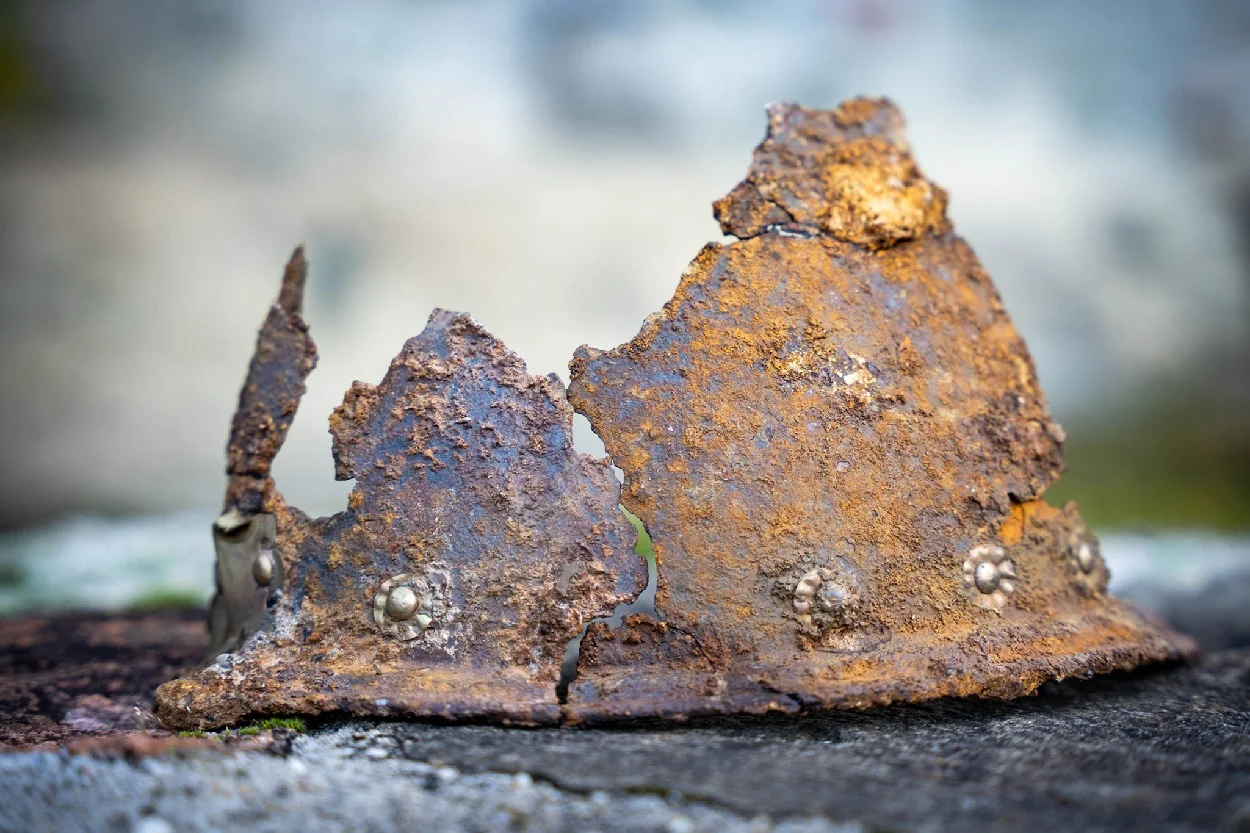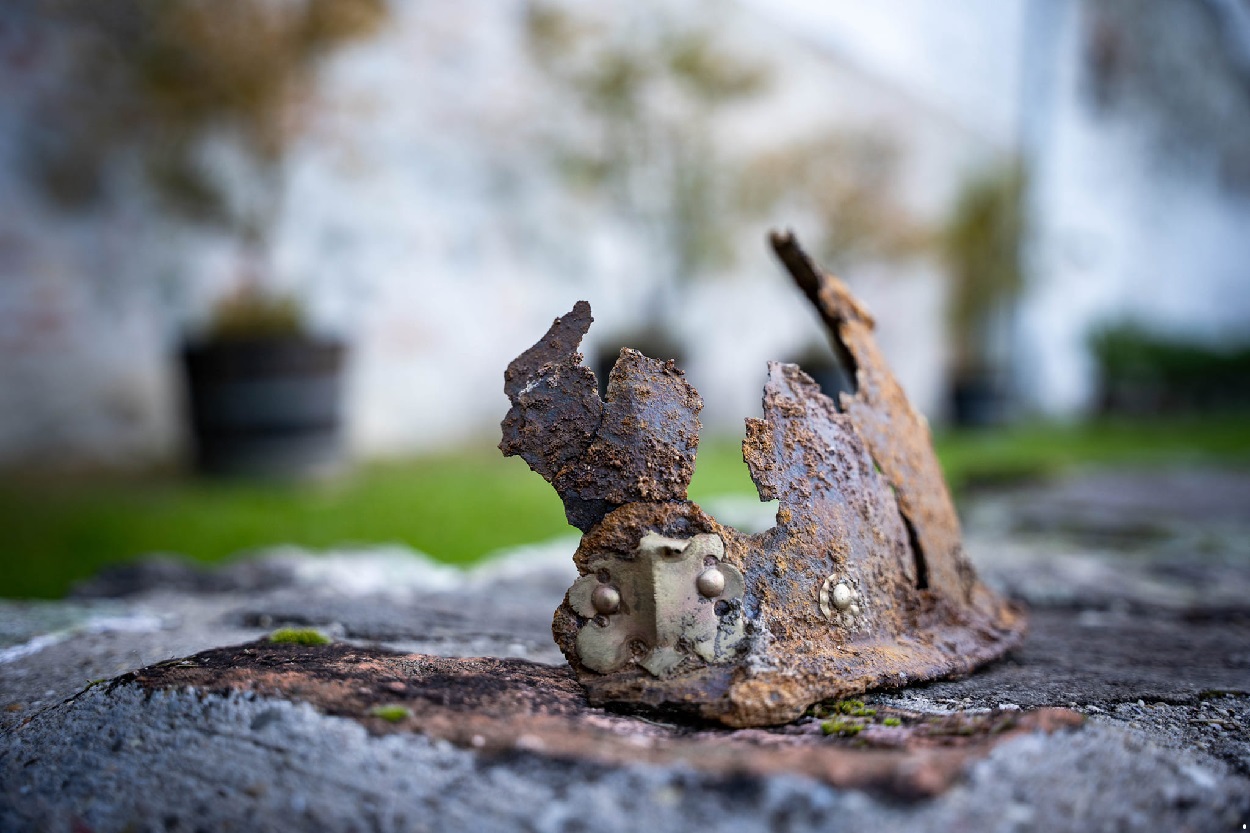Archaeologists excavating at Visegrád Citadel have discovered a treasure trove of weaponry that dates from the mid-16th to early 17th centuries.
Visegrád Citadel is a 13th century castle, situated near the banks of the Danube in Pest County, Hungary. The castle was part of a system of fortifications, built in response to the Mongol invasions of 1242 and 1285 .
By the 14th century, the castle had become a royal residence for the Angevin Kings, who expanded the Upper Castle by adding further fortifications to connect with the Danube, known today as the Lower Castle.
According to a press statement issued by the National Archaeological Institute, recent excavations of the castle’s Angevin-era dry moat have revealed a treasure trove of weapons and objects that date from the mid-16th to early 17th centuries.

The findings include small arms, cannonballs, arrowheads, and melee weapons. The concentration of ammunition within the moat, coupled with extensive battle damage on numerous artefacts, highlights the intensity of the sieges that took place at Visegrád Citadel during this turbulent period.
Archaeologists also discovered a rare fragmented cabasset – a conical infantry helmet widely used in Europe during the 16th and 17th centuries. The helmet likely belonged to a Habsburg mercenary fighting in the Fifteen Years’ War (also known as the Long Turkish War), an indecisive land war between the Habsburg monarchy and the Ottoman Empire.

Speaking to HeritageDaily, the National Archaeological Institute said: “It has a conical shape, decorated with copper rosettes along the edge, and an ornate copper quill is on the back along the central axis.
The helmet was popular among infantrymen equipped with small arms or a pike, and was most likely part of the armament of a Habsburg mercenary soldier.”
Header Image Credit : National Archaeological Institute
Sources : Magyar Nemzeti Múzeum








